
New Food Stamp Rules Start in November...
Rewritten and Expanded Version (20% Longer)
The Trump administration announced Monday that it will provide only half of the usual Supplemental Nutrition Assistance Program (SNAP) benefits for the month of November, relying on the program’s contingency fund during the ongoing federal government shutdown. However, recipients should not expect to receive those partial payments immediately, and many may face delays.
According to a sworn statement filed in federal court by a U.S. Department of Agriculture (USDA) official, approximately $4.65 billion from SNAP’s contingency fund will be allocated to cover 50% of the current monthly benefit amounts for eligible households. The remaining $600 million will go toward state administrative costs and food assistance programs in Puerto Rico and American Samoa.
This move follows a federal judge’s order in Rhode Island last week requiring the USDA to either distribute full November SNAP benefits or, at minimum, provide partial benefits using the contingency fund. While the administration acknowledged it had the option to transfer roughly $4 billion from other accounts to supply full benefits, it ultimately declined to do so.
SNAP, commonly known as food stamps, serves nearly 42 million Americans, offering an average monthly benefit of slightly over $350 per household, according to the latest USDA figures. The agency’s unprecedented halt and reduction in benefits has led to widespread concern among recipients, many of whom have already turned to local food banks, which are now struggling to meet the surge in demand. For households relying on SNAP to afford groceries, even short-term interruptions can significantly impact meal planning and basic nutrition.
Delays Expected Across States
Although the USDA issued guidance to states on how to proceed with partial payments, many beneficiaries may not receive their November funds until later in the month—or even several months from now. The timing will vary depending on how quickly individual states can adjust their benefit distribution systems. Many state systems are decades old and were not designed to rapidly reconfigure payment levels, making technical adjustments complex and time-consuming.
Patrick Penn, the USDA official who provided the court statement, noted that some states may need to manually recalculate payments or override system defaults, which could lead to additional errors or slowdowns. States had previously halted processing November benefits after receiving an October 10 directive from the USDA instructing them to stop issuing payments due to insufficient funding during the shutdown, which began October 1.
Under ordinary circumstances, states transmit enrollment and payment data to benefit card vendors ahead of each month, allowing funds to be loaded on schedule. With processing paused and systems needing reprogramming, resuming even partial benefits will require significant administrative effort.
Why Full Benefits Were Not Issued
While providing full benefits might have allowed states to restore payments more quickly, the USDA stated that doing so would require redirecting funds from programs supporting child nutrition—including free and reduced-price school meal programs. The agency argued that such a transfer would create an “unprecedented gap” in funding for those programs, potentially leaving school-age children without guaranteed daily meals.
The account containing surplus tariff revenue currently holds around $17 billion, but the administration stated that using $4 billion of it to support one month of SNAP benefits would jeopardize services for millions of low-income children who rely on school meal programs for essential nutrition.
Legal and Political Developments
Federal judges in both Rhode Island and Boston ruled last week that the USDA must use the SNAP contingency fund to provide at least partial benefits for November, while leaving the decision to issue full benefits to the administration’s discretion.
The USDA had previously maintained that contingency funds were legally restricted to disaster response, not regular benefit distribution, but the courts instructed the agency to proceed regardless.
Former President Donald Trump commented on the situation via Truth Social, stating that he wanted benefits to resume as soon as legally possible. He wrote that if the courts provide authorization, he would “be honored” to restore funding, though he cautioned that delays would still occur due to state distribution timelines.
Meanwhile, the administration has already used part of the tariff revenue account for other priorities, including transferring $300 million to temporarily continue the WIC (Women, Infants and Children) program, which provides nutritional aid to pregnant women, mothers, and young children.
The reduction in SNAP benefits has triggered multiple lawsuits. A coalition of Democratic state attorneys general and governors from 25 states and Washington, D.C., filed suit in Boston, while a separate coalition of cities, non-profit organizations, labor unions, and small businesses brought a case in Rhode Island.
Democracy Forward, representing the plaintiffs in the Rhode Island suit, stated Monday that the administration’s decision to offer only partial benefits remains unacceptable and said it is evaluating additional legal steps to secure full payments.
“It should not require litigation to compel the federal government to ensure basic nutrition for families,” said Skye Perryman, the organization’s president and CEO. “We will continue fighting in court to ensure that people receive the full benefits they are legally entitled to.”
News in the same category


How You Make A Fist Shape Reveals a Lot

Find a Tick Inside Your Home

Optical Illusion Reveals Your Hidden Strength of Character

The Surprising Reason Men Don’t Walk Away from Their Marriages

Buckingham Palace statement in full as King Charles removes Prince Andrew’s title

Has the Bermuda Triangle Mystery Finally Been Solved
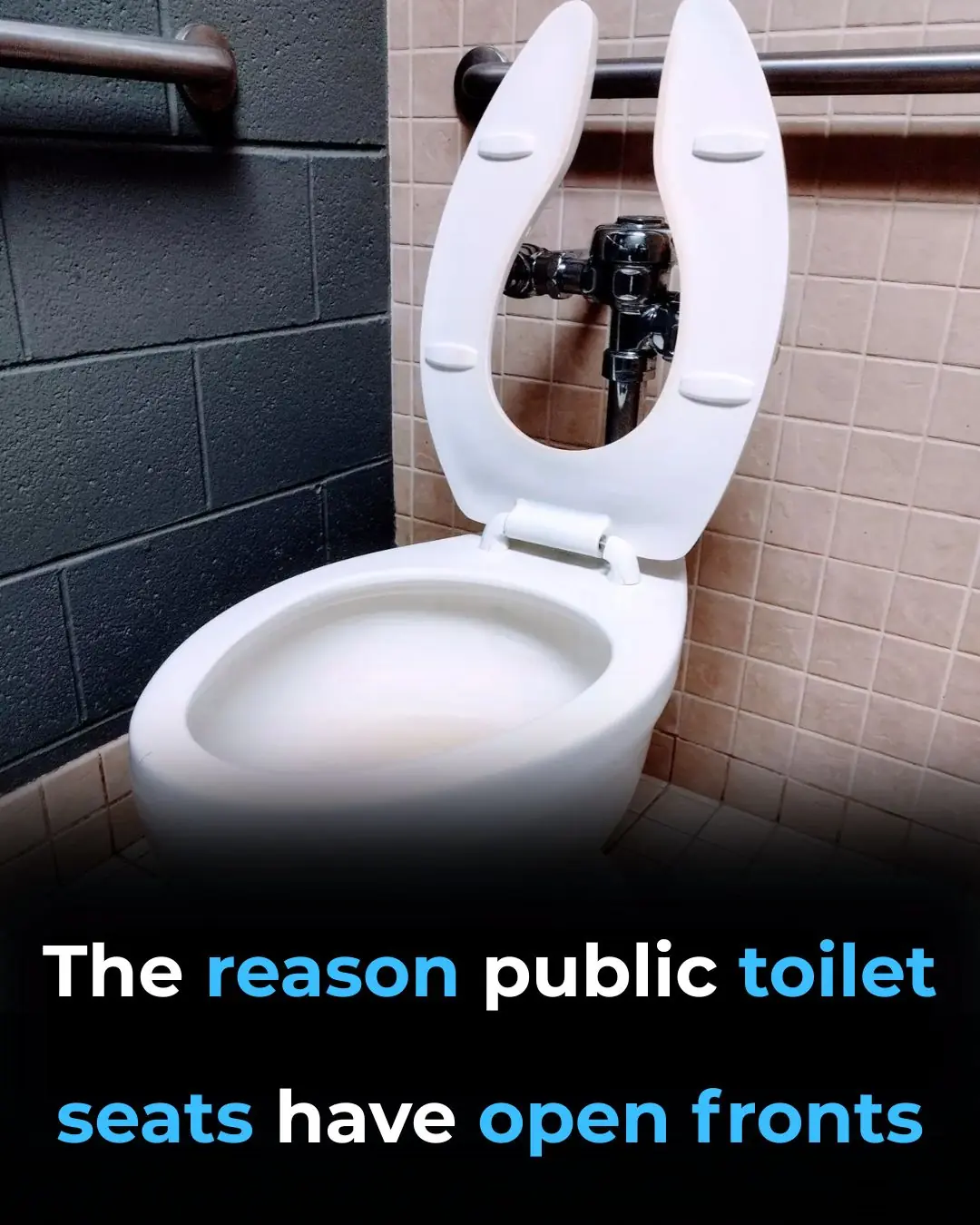
The Mystery Behind Open-Front Toilet Seats Finally Solved
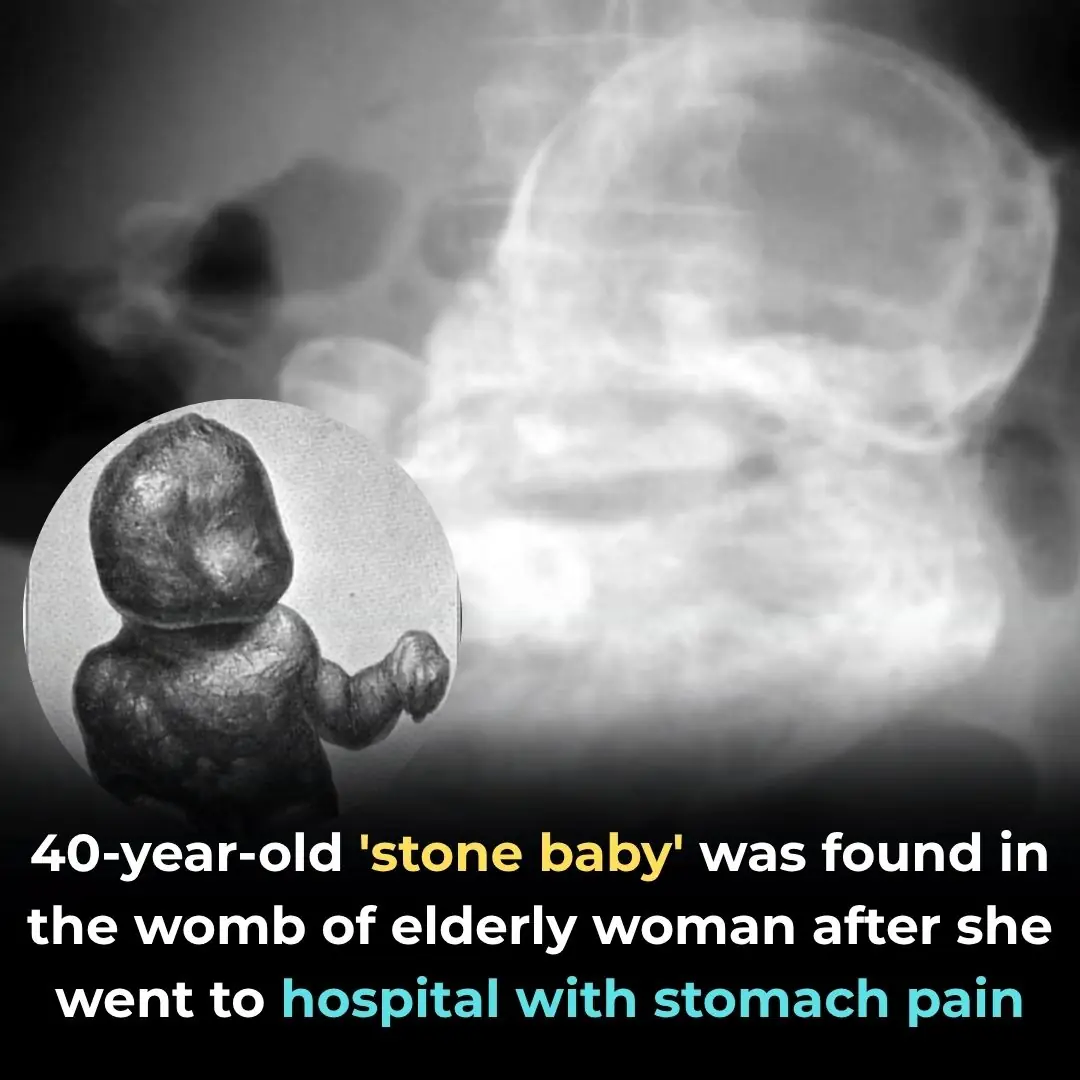
40-Year-Old ‘Stone Baby’ Discovered in Elderly Woman’s Womb After Hospital Visit for Stomach Pain

Why are you absolutely forbidden to put your feet on the car dashboard, even when stopping?

Reason Why You Should Always Shower At Night

When Women Are Starved of Affection, They Do These 10 Things

🍗 Did You Know? Chicken Gizzards Are a Nutritional Powerhouse Worth Trying

Why many experts advise against sleeping with window open

6 Telltale Signs You’re Dealing with a Hypocrite

Tragic Yellowstone Hot Spring Accident: Man Dissolved in Hours

Iceland Cancels Whaling Season, Spares Hundreds of Fin Whales in 2025

The Body’s Intuition: Signs of an Impending End

The Shoes You Pick Reveal What Kind of Woman You Are
News Post

Can you eat moldy food? Here’s what you MUST throw out.
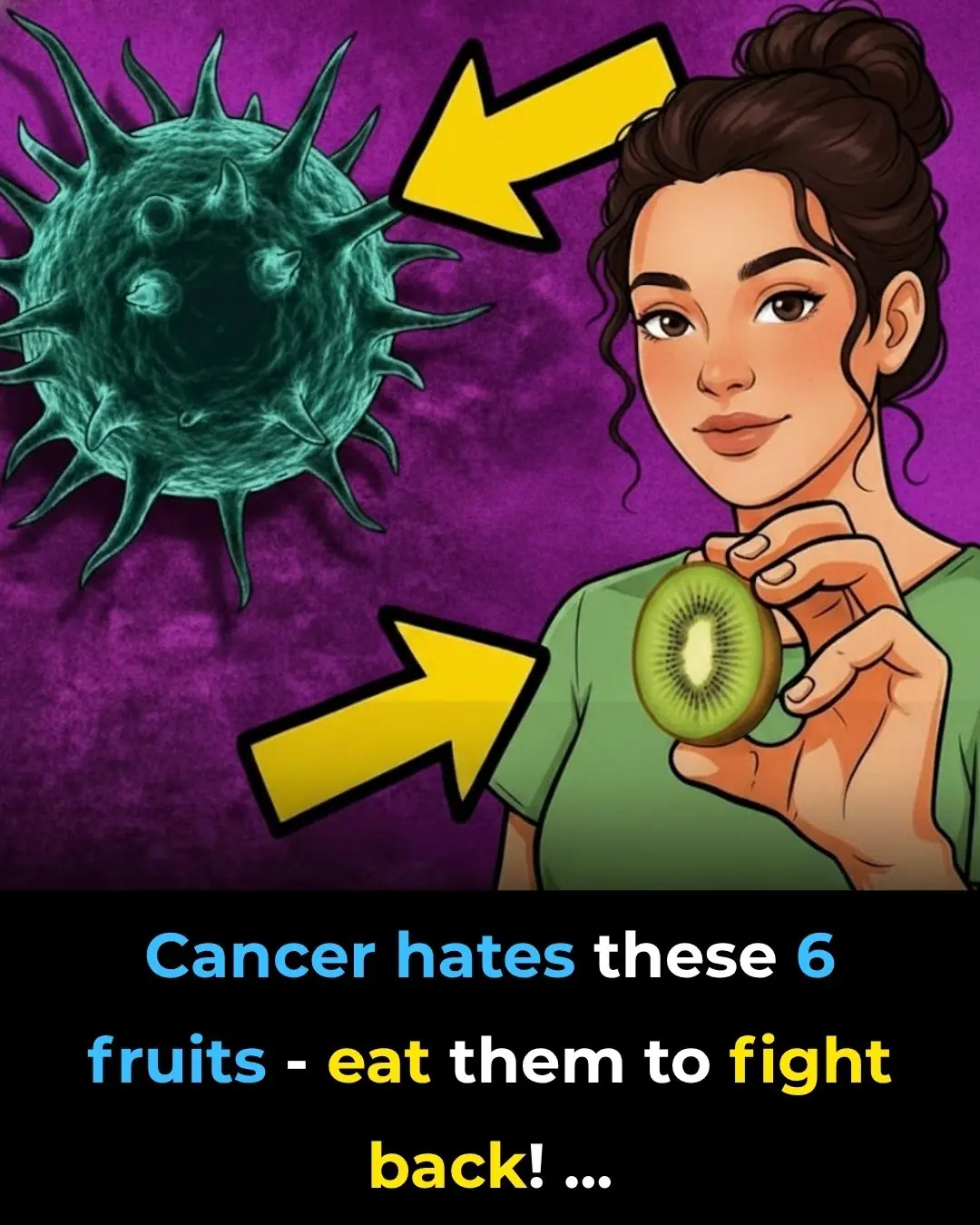
Cancer hates these 6 fruits—eat them to fight back!
“Now this method is so clever! Wish I thought of it!”

Why Your Rosemary Keeps Dying — And The Easiest Hack To Save It

What My Daughter Nearly Touched Was Incredibly Dangerous

Better Than Medicine? The Shocking Truth About Dates & Blood Sugar!

Baking Soda Makes Flowers Bloom and Fuller? 10 Best Garden Hacks Most Don’t Know

4 Reasons Why Cardiac Arrests Happen in The Bathroom

Quentin Tarantino’s foot fetish rumors are here again — thanks to Uma Thurman’s daughter

Singer Jelly Roll claims he was ‘treated like a criminal’ in Sydney Louis Vuitton store

Meghan Markle makes shocking return to acting 8 years after quitting Hollywood: report

4 Unusual Eye Symptoms That May Signal Cancer — Often Overlooked by Many
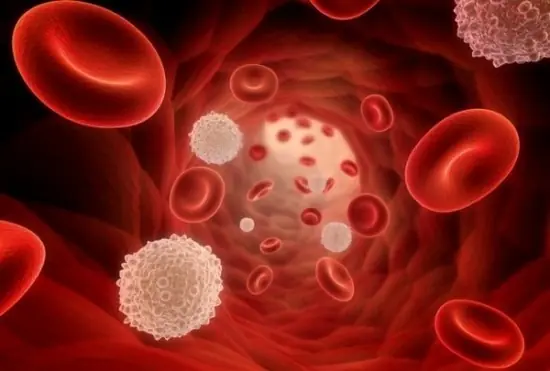
5 Things You Should Never Do in the Morning If You Want to Stay Healthy and Prevent Cancer
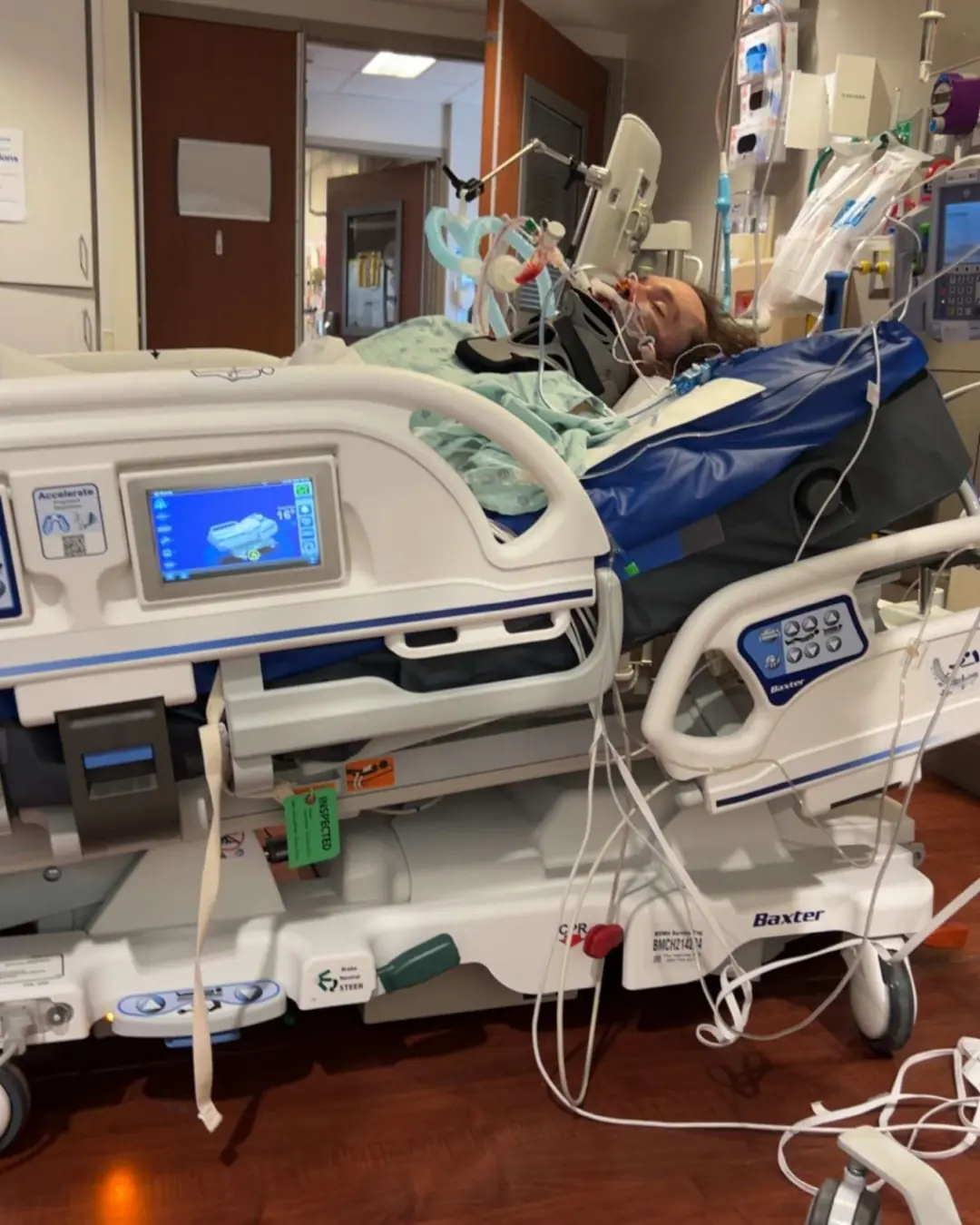
From Coma to Kisses: The Miracle Recovery of Bo Bostick

How You Make A Fist Shape Reveals a Lot
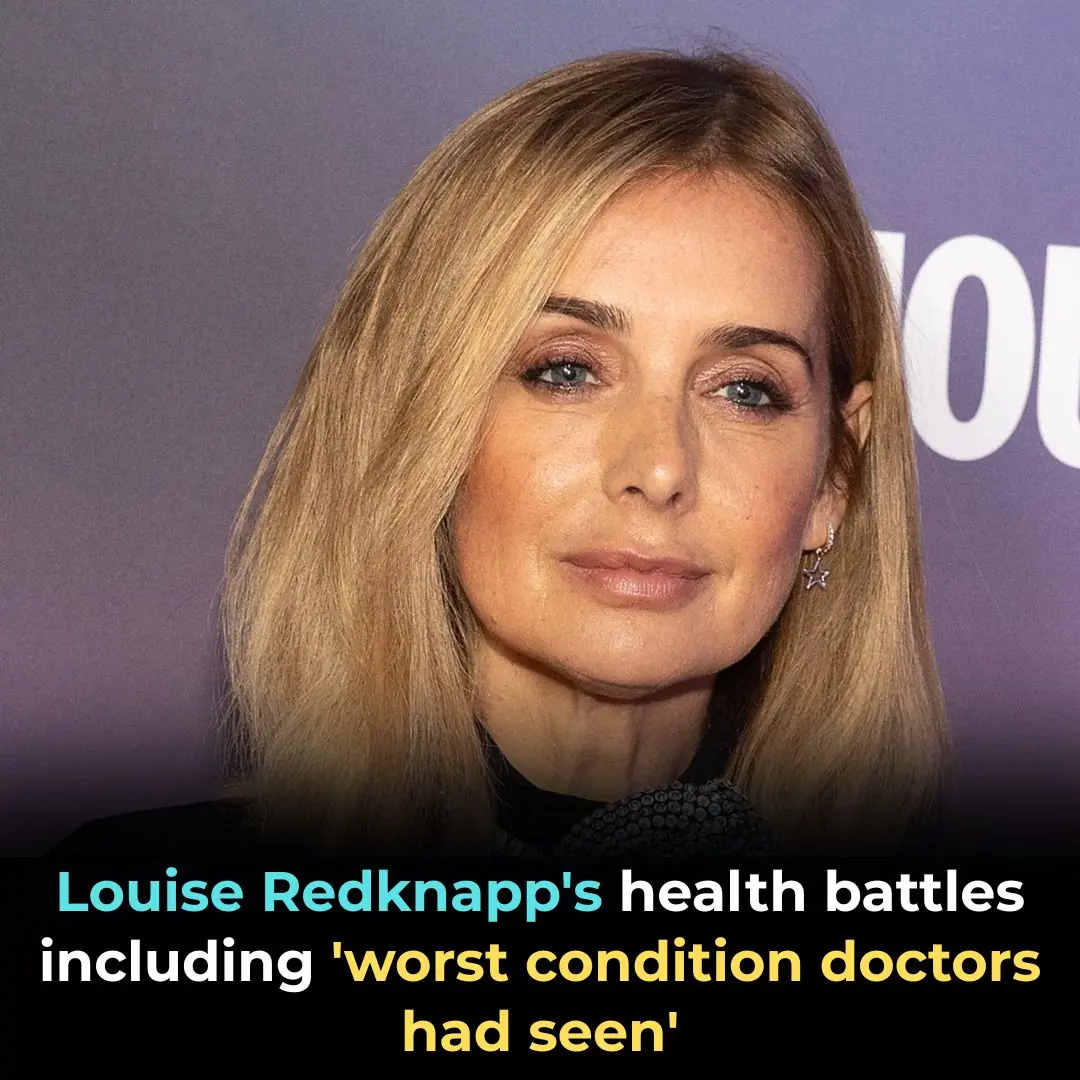
Louise Redknapp's health battles including 'worst condition doctors had seen'

Restaurant Owner Di.es at 42 from Liver Failure: Doctor Says It Was Caused by Ignoring One Thing for Years

A Reunion That Shook the Forest.
